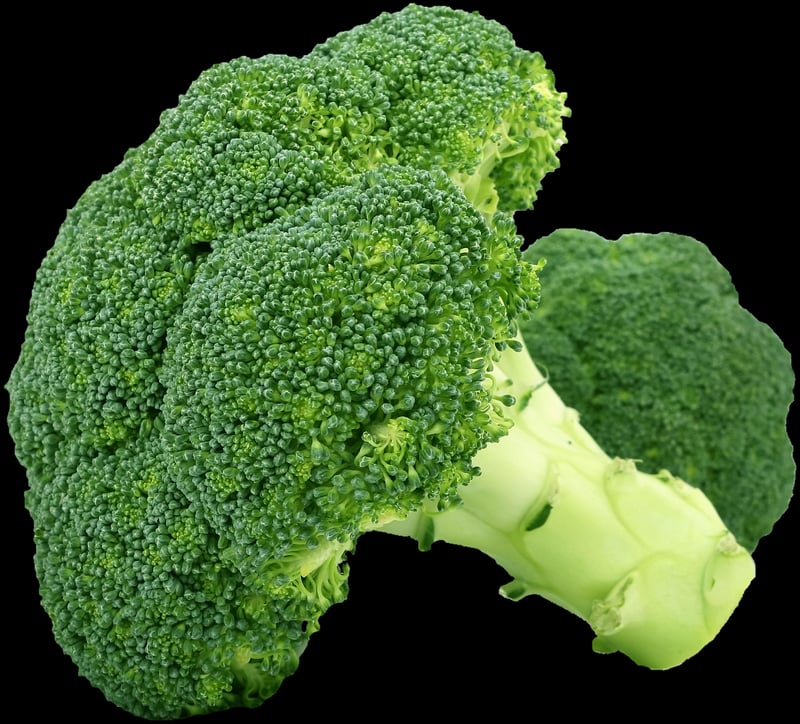Edible Greens
Choosing Plants for Vertical Gardens + Edible Greens
Introduction to Vertical Gardens
Vertical gardens are a great way to maximize space while adding greenery to your surroundings. Whether you have a small balcony, a patio, or even an indoor space, vertical gardens can transform any area into a lush oasis.
Benefits of Vertical Gardens
- Space-saving
- Improves air quality
- Reduces stress
- Enhances aesthetics
- Provides insulation
Choosing Plants for Vertical Gardens
When selecting plants for your vertical garden, consider the following factors:
- Light requirements: Choose plants that match the light conditions of your space.
- Size: Opt for compact varieties or plants that can be easily trained to grow vertically.
- Watering needs: Select plants that have similar water requirements to ensure uniform growth.
- Maintenance: Pick low-maintenance plants if you have limited time for upkeep.
Popular Plants for Vertical Gardens
- Succulents
- Herbs
- Ferns
- Spider plants
- Pothos
- Ornamental grasses
Edible Greens for Vertical Gardens
For those interested in growing their own food, vertical gardens can also be used to cultivate edible greens. Here are some popular options:
1. Lettuce
Lettuce is easy to grow and thrives in vertical setups. It requires regular watering and partial sunlight.
2. Kale
Kale is a nutritious green that can be grown vertically. It prefers cooler temperatures and ample sunlight.
3. Swiss Chard
Swiss chard is a colorful addition to any vertical garden. It needs well-draining soil and moderate sunlight.
Conclusion
Vertical gardens offer a versatile and visually appealing way to introduce greenery into your living space. Whether you opt for ornamental plants or edible greens, vertical gardening is a rewarding hobby that can bring beauty and functionality to any environment.

Start your vertical garden today and enjoy the benefits of lush greenery right at your fingertips!
